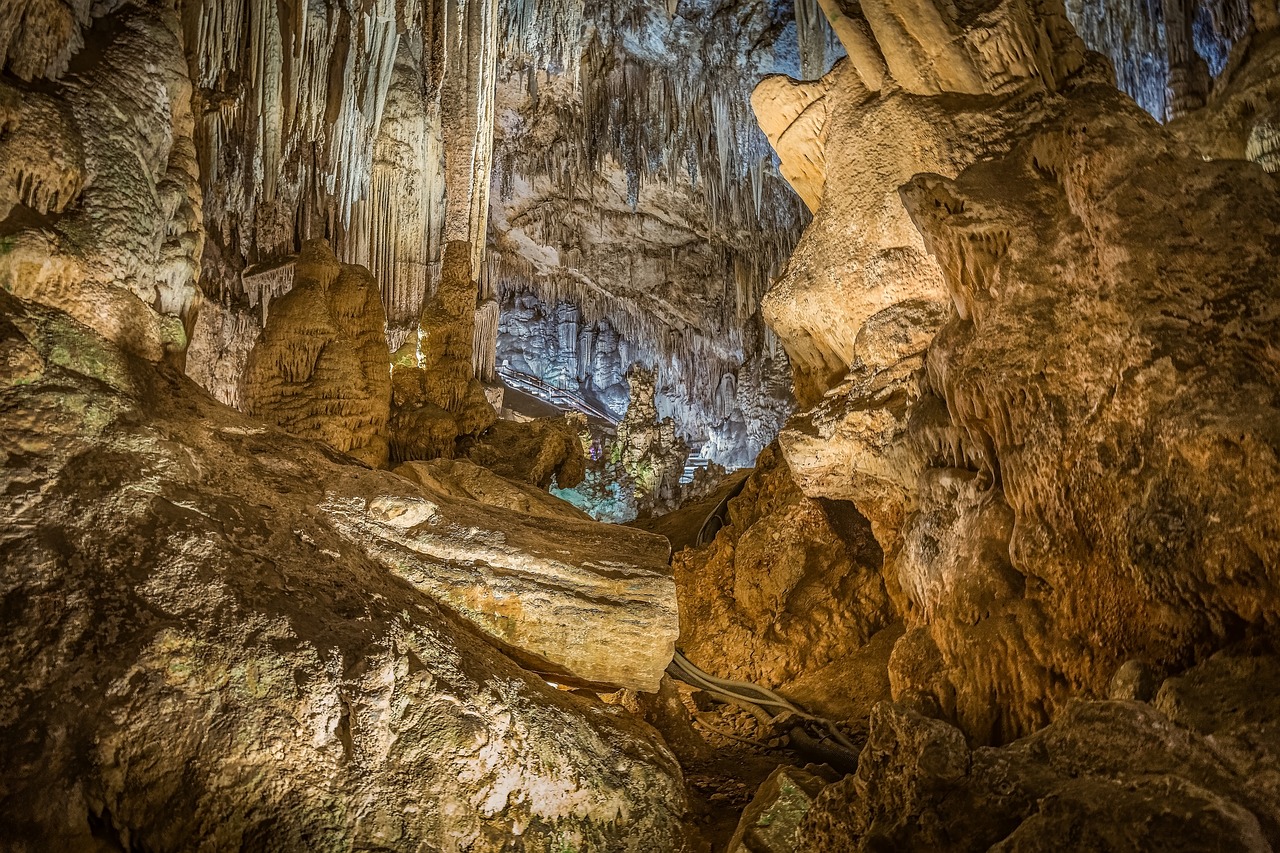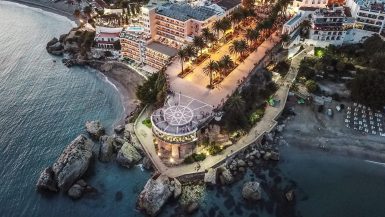A guide to exploring the Caves of Nerja
The caves of Nerja (Cuevas de Nerja) are an important archaeological site and is of significant cultural interest, as they contain paintings and carvings from the Neolithic period. Tourists can explore the caves on their own or take a guided tour.
Whether you are looking to plan a visit or are just curious about this fascinating cave system, this guide will provide all the information you need.
What are the Caves of Nerja ?
The Nerja caves are a series of caves located just 5km from the centre of Nerja, southern Spain. These caves were discovered in 1959 and have since been open to the public and also host the annual Cueva de Nerja International Music and Dance Festival.
They are a significant prehistoric archaeological site, with paintings and carvings dating from the Neolithic era. Visitors may visit the caves on their own or participate in a guided tour.
The history of the Nerja caves
The caves were first inhabited by Neanderthals, and later by Cro-Magnon humans. The caves were used as a burial site and for rituals. The paintings and carvings in the caves are believed to be connected with these activities.
The caves, along with it’s skeletal remains were discovered in 1959 by a group of speleologists (cave explorers). They were investigating an area known as the Cueva de la Pala, which was already known to local people. The caves soon became a tourist attraction, and they have been open to the public since 1966.
What’s there to see in the caves?
The caves of Nerja are a popular tourist destination due to their archaeological significance. The caves were discovered in 1959 and contain fascinating rock formations, as well as cave art and carvings from the Neolithic period. They can be explored on your own or with a guided tour. Some of the main features that you can see in the Nerja cave include:
– The Mar de Pinturas, or “sea of paintings”, a large hall covered with intricate carvings and cave paintings dating back to the Neolithic period. This is arguably the highlight of any visit to the caves.
– The Alberca, a large underground lake that was formed by water seeping through the caves.
– The Sala de los Columnas, a chamber with large stalagmites and stalactites that have formed columns.
Sala de la Cascada (Hall of the Waterfall – also known as Sala del Ballet) hosts a collection of speleothems (cave formations) called gours which resemble a dry stone waterfall, and is where The Nerja International Festival of Music and Dance is held each year.
– The Sala de la Gota, or “Room of the Drop”, so named because of the large drop of water that hangs from the ceiling.
The Nerja Museum
Nerja museum is located on Plaza España in the twon centre. It’s open every day of the year apart from New Years Day and the 15th May.
A 360º multimedia show will walk you through the history of Nerja. You’ll also discover how Nerja has been transformed by tourism since the 1960s and ancient fishing and agricultural artefacts which have been uncovered in the area. It’s well worth a few hours of your day, especially if you’re looking for a bit of respite from the sun!
Plan your visit to the caves
Planning a visit to the caves can be tricky, as there are several things to consider. Here is a guide on how to plan a visit to the caves:
– Choose the right time of year: The caves are open all year round, but the best time to visit is between April and October. This is because the weather is milder and there are less crowds.
– Book your tickets in advance: Tickets can be booked online or at the caves themselves, but it is best to book in advance to ensure that you get a spot.
– Dress appropriately: The caves can be quite cool, so it is important to dress warmly. Sturdy and comfortable shoes are also recommended, as there may be uneven ground and slippery rocks.
-If you are planning on taking kids or older adults with you, it is a good idea to bring along some snacks and water for the journey.
With these tips in mind, you are sure to have an enjoyable visit to the caves of Nerja!
How to get to the Caves of Nerja
The caves of Nerja are located Maro, around 5km outside of the centre of Nerja.
They can be reached by car, public transport or on foot.
– By car: If you’re driving from Nerja, take the A-7 heading towards Almuñecar. After around 5km, you will see signs for the caves on your right. There is a large parking area at the caves.
– By public transport: The caves are served by the Nerja-Maro bus route, which runs approximately every 30 minutes. The caves can also be reached using the regular bus service from Nerja bus station in the town centre.
– On foot: If you are an experienced walker with good navigation skills, you can reach the caves on foot from the centre of Nerja. The walk is around 5km and takes around 1.5-2 hours, so it’s best to start early in the morning if you plan to make this journey on foot.
How much does it cost to see the caves?
The cost of entering the caves of Nerja varies depending on the time of year. Tickets can be booked online or at the caves themselves, but it is best to book in advance to ensure that you get a spot (ticket only valid for the time slot you selected). The cost of tickets ranges from €6-€12 or there is a family ticket .
The caves of Nerja are open all year round, but the best time to visit is between April and October. This is because the weather is milder and there are less crowds. The caves are open from 10am to 6pm during the low season (October to April), and from 9am to 7pm during the high season (April to October).
Final thoughts on the Cueva de nerja
The caves of Nerja are a great place to visit if you want to see some amazing archaeological finds from the Neolithic period. Whether you choose to explore the caves on your own or taking the whole family a guided tour, you’re sure to be amazed by their beauty and fascinating history. So what are you waiting for? Start planning your trip today!


